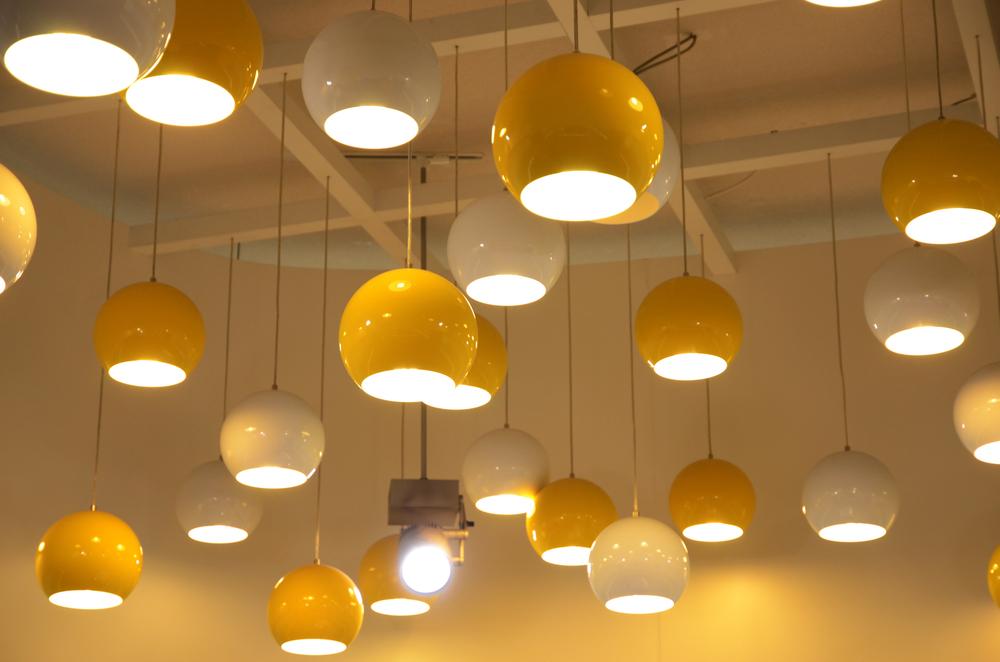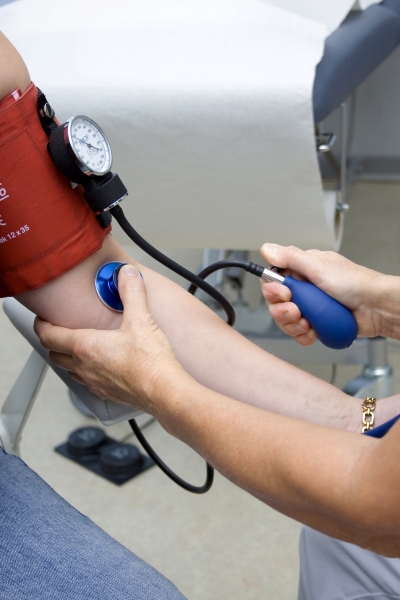The way we live has changed. The sun is now the most important source of light indoors, and sunlight levels are higher outside than ever before. Click here for more info about how health and light belongs together.

Sunlight and vitamin D can help prevent many health problems such as cancer and heart disease. Sunlight is major source of vitamin D which is a key component for our physical and mental health.
Some people choose to use a tanning bed. However, this can be risky because it increases your risk of developing skin cancer.
When exposed to natural sunshine, vitamin D is produced in the skin. As a result, it is essential for bone and tooth health, as well as cardiovascular health.
Sources of vitamin D include food, supplements, and sun exposure. Read more here.
The efficiency depends on how many UVB photons penetrate. The effectiveness of the production is also influenced by the time of day, season, geographical location, and the individual’s skin type.
Early primates’ comparatively high vitamin D requirements were most likely met by regular brushing and consumption of vitamin D. They rubbed precursor-rich oils produced by their skin onto their fur.
This is a prime example of the evolution of an organism adapting to its environment by taking advantage of what it was given.
 It is also important to be able to have a distraction. There is always a moment when temptation occurs. Smokers are used to using their hands and mouth a lot and it tends to be at this point that a smoker will pick up a cigarette just to have something to do. Distractions are very important at this point. Taking walks, chewing gum, drinking water or simply talking to someone are
It is also important to be able to have a distraction. There is always a moment when temptation occurs. Smokers are used to using their hands and mouth a lot and it tends to be at this point that a smoker will pick up a cigarette just to have something to do. Distractions are very important at this point. Taking walks, chewing gum, drinking water or simply talking to someone are  Do you ever stop to wonder through whose hands these things will pass?We constantly get reports in the media regarding infections picked up in hospitals and other clinical settings, and that bacteria are becoming increasingly resistant to antibiotic treatment, to the point where the authorities are apparently genuinely rattled by the possibilities of future epidemics, and not having a defence against them.So you’d like to think that anything that is going to be used on you is going to be clean and not end up with you needing another, unplanned, visit to the hospital any time soon.There are several ways that this is achieved, and for the purposes of simplicity, we will just stick with the podiatry department (that is, clinical services which have to do with the feet). Podiatry clinics typically use nippers for cutting toenails, scalpels for debriding callus (hard skin that builds up on the soles of the feet) and for cutting out corns which grow into the skin and become very painful.There are also small files and probes which have a use in determining the depth of ulcers or for clearing away skin debris from around the nails, as well as a range of instruments which help to test how well the nerves are working at the farthest parts of the body from the brain.There are three ways that the instruments are supplied so that they are clean and sterile, and different clinics and settings will choose the best one for themselves.The first is to use disposable instruments. These are one time use only and they are then thrown away. They don’t go to landfill, but are returned to the manufacturers where they are melted down and the metal used to make more instruments.The new ones are made in sterile conditions, put through an autoclave, which is a machine which cleans at very high temperatures and under pressure, and sent out in a sterile wrapping so that they are not exposed to bacteria until the packaging is removed when they are about to be used.Some things are always going to be single use of course, such as hypodermic needles and scalpel blades which will be used to cut through the skin.The second way is usually used in hospitals, which is central sterilisation. Used instruments are collected up and taken to a plant where they are put through industrial cleaning machinery and autoclaves and then given a sterile wrapping individually or as a set, at which point they are then returned to the clinic. They will have identifying batch numbers so that in the event of a problem, they can be thoroughly audited.The last is usually to be found in a small community clinic or private clinics, which is on-site sterilisation.Here there will be sonic-cleaning baths and an autoclave, which are able to thoroughly clean smaller batches of instruments and these will be used during the day as and when they are needed.All the people directly involved with the cleaning and packing of the instruments will be very well trained to use the equipment properly, and will be well aware of the dangers of not doing the job properly. Lots of effort goes into making sure that patients are only treated with clean, sterile equipment that should not end up causing more problems than the one they are being used to treat!
Do you ever stop to wonder through whose hands these things will pass?We constantly get reports in the media regarding infections picked up in hospitals and other clinical settings, and that bacteria are becoming increasingly resistant to antibiotic treatment, to the point where the authorities are apparently genuinely rattled by the possibilities of future epidemics, and not having a defence against them.So you’d like to think that anything that is going to be used on you is going to be clean and not end up with you needing another, unplanned, visit to the hospital any time soon.There are several ways that this is achieved, and for the purposes of simplicity, we will just stick with the podiatry department (that is, clinical services which have to do with the feet). Podiatry clinics typically use nippers for cutting toenails, scalpels for debriding callus (hard skin that builds up on the soles of the feet) and for cutting out corns which grow into the skin and become very painful.There are also small files and probes which have a use in determining the depth of ulcers or for clearing away skin debris from around the nails, as well as a range of instruments which help to test how well the nerves are working at the farthest parts of the body from the brain.There are three ways that the instruments are supplied so that they are clean and sterile, and different clinics and settings will choose the best one for themselves.The first is to use disposable instruments. These are one time use only and they are then thrown away. They don’t go to landfill, but are returned to the manufacturers where they are melted down and the metal used to make more instruments.The new ones are made in sterile conditions, put through an autoclave, which is a machine which cleans at very high temperatures and under pressure, and sent out in a sterile wrapping so that they are not exposed to bacteria until the packaging is removed when they are about to be used.Some things are always going to be single use of course, such as hypodermic needles and scalpel blades which will be used to cut through the skin.The second way is usually used in hospitals, which is central sterilisation. Used instruments are collected up and taken to a plant where they are put through industrial cleaning machinery and autoclaves and then given a sterile wrapping individually or as a set, at which point they are then returned to the clinic. They will have identifying batch numbers so that in the event of a problem, they can be thoroughly audited.The last is usually to be found in a small community clinic or private clinics, which is on-site sterilisation.Here there will be sonic-cleaning baths and an autoclave, which are able to thoroughly clean smaller batches of instruments and these will be used during the day as and when they are needed.All the people directly involved with the cleaning and packing of the instruments will be very well trained to use the equipment properly, and will be well aware of the dangers of not doing the job properly. Lots of effort goes into making sure that patients are only treated with clean, sterile equipment that should not end up causing more problems than the one they are being used to treat!